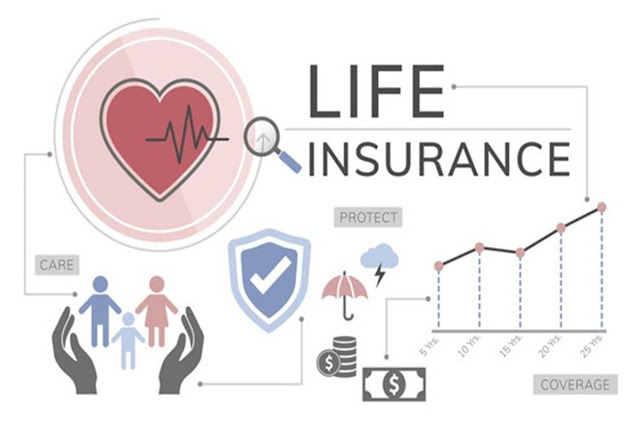Factors to Consider When Buying Life Insurance
What is Life Insurance?
As we navigate through life, we encounter unexpected events
that could change our future plans. While we cannot control the unforeseen
events, we can prepare for them. One way to secure our financial future is
through life insurance. In this blog post, we will discuss what life insurance
is, its benefits, types, and the factors to consider when buying life
insurance.
Life insurance is a contract between the policyholder and
the insurance company. The policyholder pays a premium in exchange for a lump
sum payment to the beneficiaries upon their death. The beneficiaries can be
anyone the policyholder chooses, such as their spouse, children, or other
family members.
The purpose of life insurance is to provide financial
security to the beneficiaries in case of the policyholder's untimely death. The
death benefit can be used to pay for funeral expenses, pay off debts, provide
for the family's living expenses, and cover any other financial obligations.
Benefits of Life Insurance
There are several benefits to having life insurance,
including:
Financial Security: Life insurance in Calgary provides financial
security to the beneficiaries in case of the policyholder's death. The death
benefit can help pay for expenses and provide for the family's living expenses.
Estate Planning: Life insurance can be used as part of an
estate planning strategy. The death benefit can help pay for estate taxes,
provide for charitable donations, and ensure that the assets are distributed as
per the policyholder's wishes.
Peace of Mind: Life insurance provides peace of mind,
knowing that the beneficiaries will be taken care of in case of the policyholder's
death.
Business Continuation: Life insurance can be used to provide
funding for a business continuation plan. The death benefit can help ensure
that the business continues to operate in case of the owner's death.
Types of Life Insurance
There are two main types of life insurance: term life
insurance and permanent life insurance.
Term Life Insurance: Term life insurance provides coverage
for a specified period, usually 10, 20, or 30 years. The premiums are typically
lower than permanent life insurance. However, there is no cash value or
investment component to term life insurance. If the policyholder dies during
the term, the beneficiaries receive the death benefit.
Permanent Life Insurance: Permanent life insurance provides
coverage for the policyholder's entire life. The premiums are higher than term
life insurance, but the policy also has a cash value or investment component.
There are three types of permanent life insurance: whole life, universal life,
and variable life.
a) Whole Life Insurance: Whole life insurance provides a
guaranteed death benefit, a fixed premium, and a cash value that grows over
time. The policyholder can borrow against the cash value or surrender the
policy for its cash value.
b) Universal Life Insurance: Universal life insurance
provides a flexible premium and a death benefit that can be adjusted over time.
The policyholder can also borrow against the cash value or surrender the policy
for its cash value.
c) Variable Life Insurance: Variable life insurance provides
a death benefit and a cash value that is invested in stocks, bonds, and mutual
funds. The policyholder has more control over the investment component but also
bears the investment risk.
When buying life insurance, there are several factors to
consider, including:
Coverage Amount: The coverage amount should be enough to
cover the beneficiaries' financial needs in case of the policyholder's death.
Premiums: The premiums should be affordable and fit into the
policyholder's budget.
Term Length: The term length should be based on the
policyholder's financial goals and obligations. For example, if the
policyholder has young children, they may want to choose a longer term length
to ensure that the children are provided for until they are financially
independent.
Health and Age: The policyholder's health and age can impact
the premiums and coverage amount. Younger and healthier policyholders typically
pay lower premiums and may qualify for higher coverage amounts.
Insurance Company: It's important to choose a reputable
insurance company with a strong financial rating. The insurance company should
also offer good customer service and a variety of policy options.
Riders: Riders are additional policy features that can be
added to the life insurance policy for an additional cost. Riders can include
features such as a waiver of premium in case of disability or a long-term care
rider.
Life insurance is an important financial tool that can provide peace of mind and financial security to the policyholder's beneficiaries. There are different types of life insurance policies, and each has its advantages and disadvantages. When choosing a life insurance policy, it's important to consider the coverage amount, premiums, term length, health and age, insurance company, and riders. By considering these factors, the policyholder can choose a life insurance policy that fits their financial goals and obligations. Remember, life is unpredictable, but we can prepare for the unexpected by securing our financial future with life insurance.



Comments
Post a Comment